H. Grauert, Th. Peternell, R. Remmert (auth.), H. Grauert, Th. Peternell, R. Remmert (eds.)3540562591, 9783540562597
Of making many books there is no end; and much study is a weariness of the flesh. Eccl. 12.12. 1. In the beginning Riemann created the surfaces. The periods of integrals of abelian differentials on a compact surface of genus 9 immediately attach a g dimensional complex torus to X. If 9 ~ 2, the moduli space of X depends on 3g – 3 complex parameters. Thus problems in one complex variable lead, from the very beginning, to studies in several complex variables. Complex tori and moduli spaces are complex manifolds, i.e. Hausdorff spaces with local complex coordinates Z 1, … , Zn; holomorphic functions are, locally, those functions which are holomorphic in these coordinates. th In the second half of the 19 century, classical algebraic geometry was born in Italy. The objects are sets of common zeros of polynomials. Such sets are of finite dimension, but may have singularities forming a closed subset of lower dimension; outside of the singular locus these zero sets are complex manifolds. |
Table of contents :
Front Matter….Pages i-viii
Introduction….Pages 1-5
Local Theory of Complex Spaces….Pages 7-96
Differential Calculus, Holomorphic Maps and Linear Structures on Complex Spaces….Pages 97-144
Cohomology….Pages 145-182
Seminormal Complex Spaces….Pages 183-220
Pseudoconvexity, the Levi Problem and Vanishing Theorems….Pages 221-257
Theory of q -Convexity and q -Concavity….Pages 259-284
Modifications….Pages 285-317
Cycle Spaces….Pages 319-349
Extension of Analytic Objects….Pages 351-360
Back Matter….Pages 361-372 |
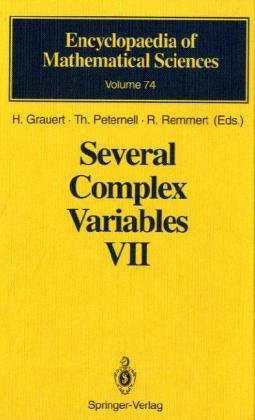
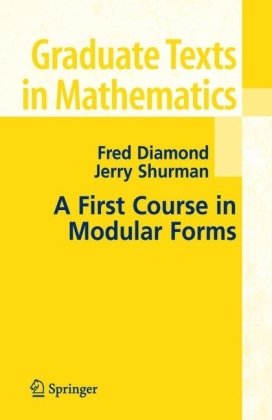
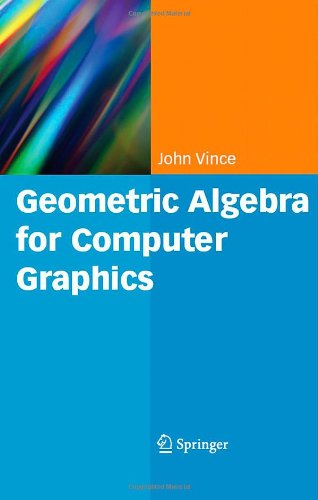
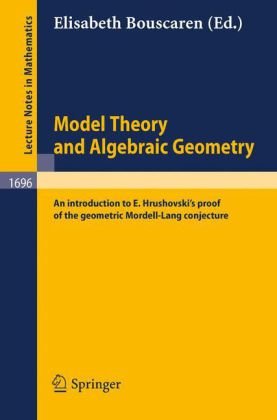

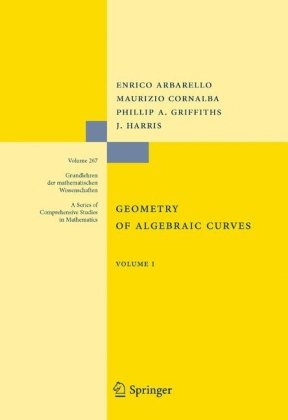

Reviews
There are no reviews yet.